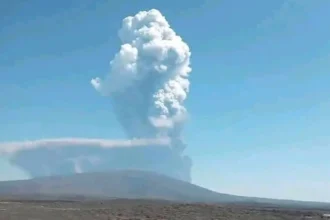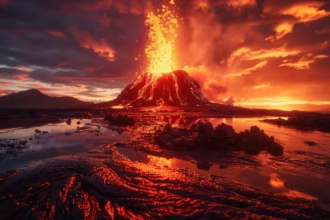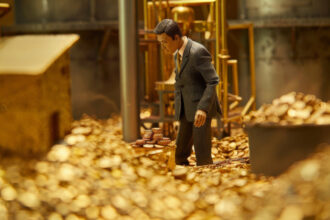June 26, 2025 | Vienna, Austria: The explosions may have stopped, but the silence that follows is filled with questions. After a series of heavy US airstrikes on Iran’s nuclear facilities, one concern keeps rising above the rest where is Iran’s uranium now? American officials said it immediately that the strikes had crippled Iran’s nuclear programme, but beneath the headlines and official statements, there’s a deeper unease. The international community, especially those monitoring nuclear security, still are not fully aware of what happened to Iran’s uranium, the very material that could be used to build a nuclear bomb.
A Stockpile Hidden, Not Destroyed
Before the strikes, Iran had developed a significant stockpile of enriched uranium around 408 kilograms, enriched up to 60 percent purity. That number may not mean much to most people, but experts know what it implies: a short technical jump to the 90 percent needed for a nuclear weapon. The recent US attacks focused on major nuclear sites at Isfahan, Natanz, and Fordow. These were not random targets they are central to Iran’s uranium enrichment efforts. But damage to buildings does not guarantee destruction of material. Iran’s uranium can be stored in small canisters, easy to move, easy to hide.
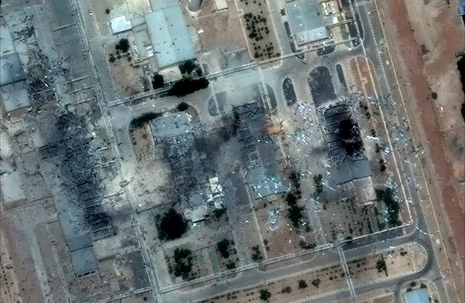
Just days before the bombing, Iran told the International Atomic Energy Agency (IAEA) that it had taken “special measures” to protect its nuclear materials. Since then, no inspectors have been allowed in. That silence is growing louder by the day. It’s not just about science or strategy. It’s about uncertainty. Where is Iran’s uranium now? Is it still under government control? Has it been moved to secret sites? No one knows for sure and that is what worries the world most.
Can Iran Still Build a Missile?
This is an unpredictable with certainty, and that in itself is unsettling. Despite the destruction from the strikes, Iran may still have what it needs to move forward with a nuclear weapon if it chooses to do so. Iran once had over 22,000 centrifuges machines used to enrich uranium. While some were likely destroyed, many could still be hidden. With just a portion of its stockpile and a few working centrifuges, the country could begin enrichment again in secret.
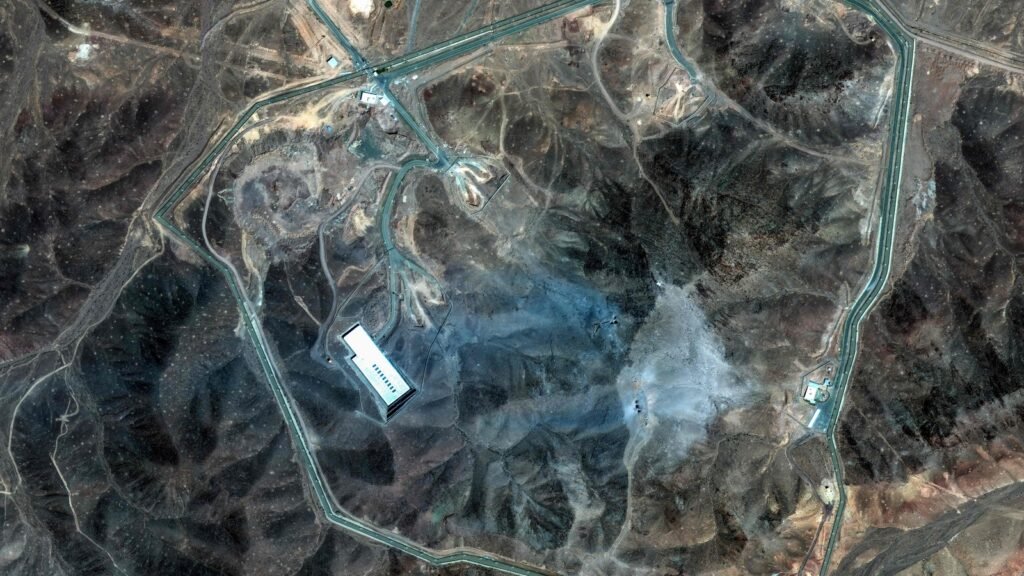
Experts like Kelsey Davenport say that it would be “difficult, if not impossible” to track all of Iran’s uranium. That is especially true now, when access to nuclear sites has been blocked, and satellite images show possible movement around key facilities. The IAEA confirmed “very significant damage” at the Fordow site, but that does not mean the danger has passed. Without on-ground inspection, the world is left guessing and that kind of uncertainty can be dangerous in itself.
The story of Iran’s uranium is no longer just about nuclear science; it has become a symbol of trust breaking down. Iran was once a part of the global non-proliferation treaty, which states peaceful use of nuclear material this hangs by a thread. Iran’s ambassador to the IAEA called the US strikes an “act of aggression” and hinted at walking away from the treaty altogether. If that happens, Iran could block all future inspections just like North Korea did before building its nuclear weapons.
A Race Between Diplomacy and Time
Right now, Iran’s uranium is more than just a material, it’s a question mark hanging over the future of global security. Has it been destroyed? Hidden? Moved? Until those answers are clear, the fear will remain.
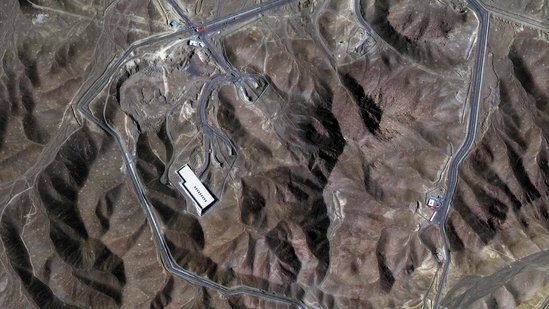
As diplomats call for calm and agencies push for access, one truth stands out, this is not just about bombs or bunkers. It’s about people, about peace, about the fragile agreements that help the world sleep at night. And so, the question remains: where is Iran’s uranium? Until we know, the world waits and watches hoping that silence does not turn into something far more dangerous.
Also Read: Israel-Iran Ceasefire Violation: Israel says Iran Breaks Truce, Orders New Strikes






